New Tasers, which can shoot 10 probes before needing to be reloaded, are starting to be rolled-out.
Police across the Southern District are the first in the country to be trained in the Taser 10, which will replace the Taser X2, first rolled out in 2010 and is due to be phased out by the manufacturer.
More than a dozen human-shaped targets equipped with sensors await each four-hour long training session in Dunedin.
Those sessions were dubbed “Taser transition training”, and effectively brought front line staff up to speed with the new Taser, says Sergeant Mike Calvert.
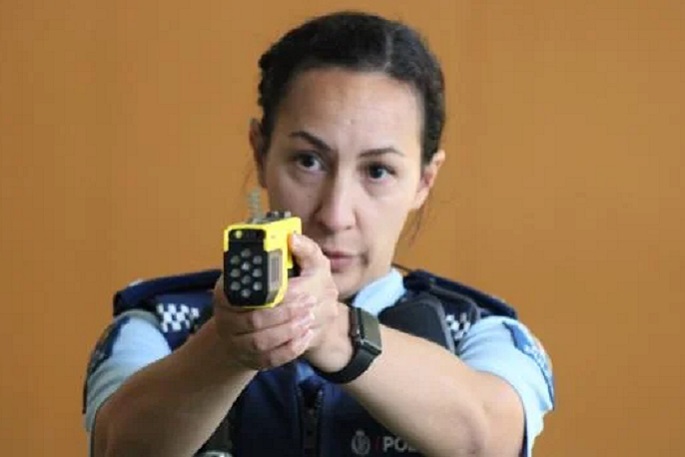 Constable Desiree Hoera with a new Taser. Photo: Hamish McNeilly / Stuff.
Constable Desiree Hoera with a new Taser. Photo: Hamish McNeilly / Stuff.
The Taser 10 not only had increased range (13m according to the American manufacturer, Axon) but also more deployable probes than the Taser X2. But what it didn’t have was an integrated camera system, with that option no longer produced by Axon.
Many other countries relied on body cameras to record the likes of Taser use, but a decision on body cameras was yet to be made in New Zealand.
Meanwhile, Axon says of the new Taser: “advancements in accuracy, effectiveness and reliability mean less likelihood of escalation to lethal force”.
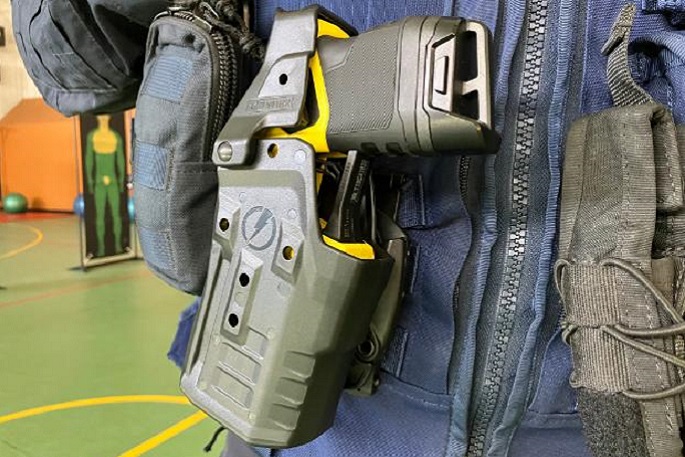 A new Taser worn by a police officer. Photo: Hamish McNeilly / Stuff.
A new Taser worn by a police officer. Photo: Hamish McNeilly / Stuff.
The specifications include a 1000-lumen pulsing light, loud audible alerts and laser painting to warn a subject to comply before probes were deployed, the website said.
It also noted that the Taser 10 was a two-probe-connect energy weapon, with the first trigger pull discharging a single probe without electrical output, while a second trigger pull discharged a second probe to create neuromuscular incapacitation.
Mike, who was also Otago Coastal tactical dog team supervisor, says he had presented but never discharged a Taser during his time as a police officer.
He noted that the Taser was a “proven and significant prevention tool that our officers can consistently rely on to de-escalate violent behaviour”.
Police figures show that with 82 per cent of Taser incidents were resolved without the Taser being discharged.
Replacing that technology was important so front line staff could do their job safely, and to “keep our communities safe”, he says.
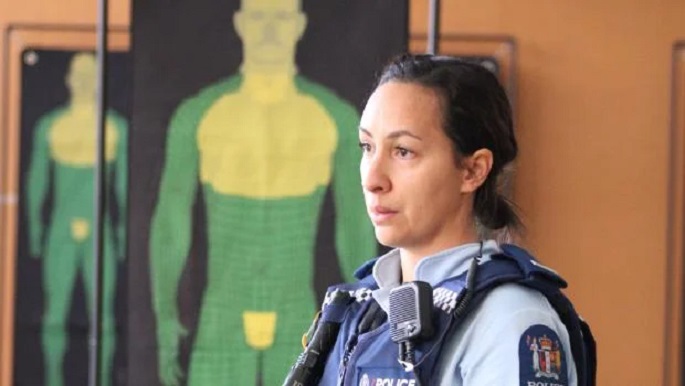 Constable Desiree Hoera completed taser training with the new Taser 10.Photo: Hamish McNeilly / Stuff.
Constable Desiree Hoera completed taser training with the new Taser 10.Photo: Hamish McNeilly / Stuff.
In addition, the Taser had been product tested by the company, as well as undergoing an independent medical review to ensure the Taser meets New Zealand safety requirements, he says.
MIke stresses that before any tactical options were used - whether that be a Taser, pepper-spray, baton or firearm - communication was the most important tool an officer could use.
Talking to a person to de-escalate a situation was always the preferred option.
He noted that each officer did not have their own assigned Taser, but used their smart phone to scan a pool Taser for use for each front line shift.
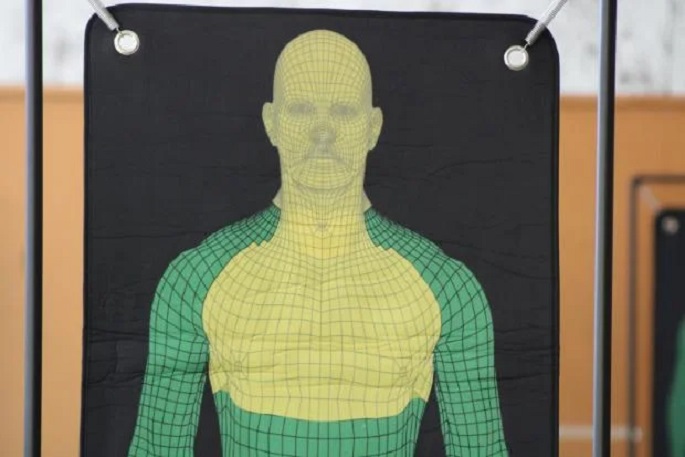 A target equipped with sensors.Photo: Hamish McNeilly / Stuff.
A target equipped with sensors.Photo: Hamish McNeilly / Stuff.
The Taser 10 rollout is expected to take several years, beginning in the south before heading northwards to each police district.
Once an officer has completed their transition training they were issued with the new model.
To replace our current fleet nationally, it is expected to cost approximately $30m for the new devices and their components, a police spokesperson says.
For commercial sensitivity reasons police were unable to provide the exact number of devices this cost will cover.
Because the national rollout was occurring district-by-district over the next five years, the previous device will be re-distributed to support the Taser fleet across other districts until Taser 10 is fully implemented, the spokesperson says.

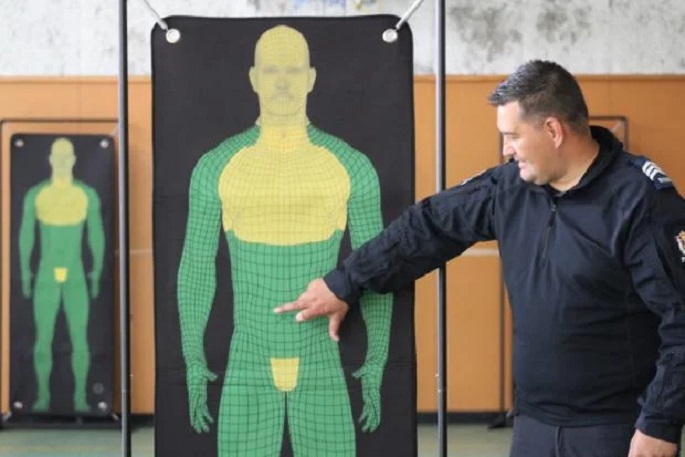

0 comments
Leave a Comment
You must be logged in to make a comment.